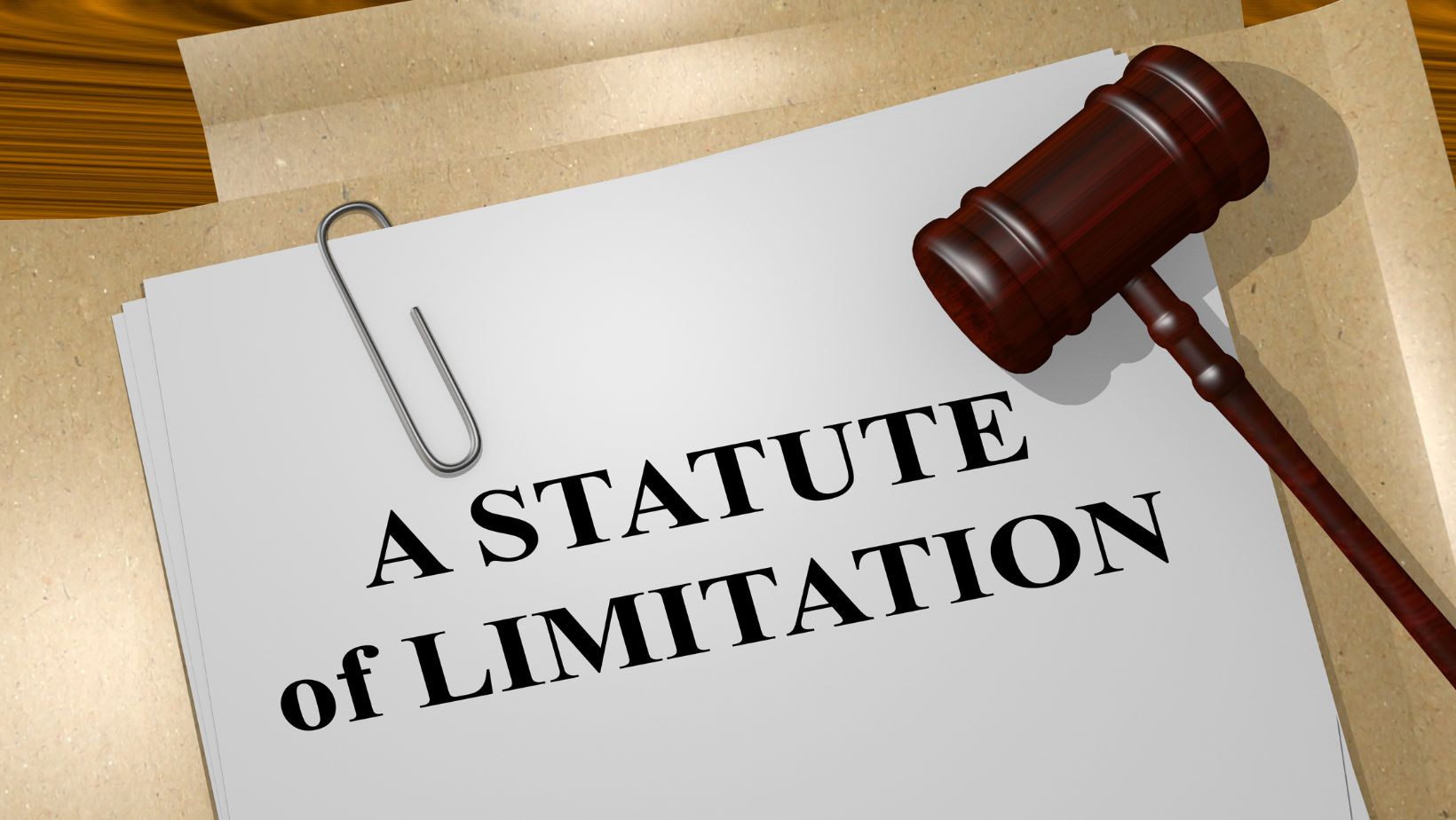Statute of Limitations: Its Historical Evolution and Modern Application

The statute of limitations refers to a law regulating the maximum time a person can start a legal proceeding after a reported offense. The offense in question can be civil or criminal. The time allocated to a victim to start a legal case against an alleged criminal will vary based on the jurisdiction and nature of the crime.
Understanding the fluctuating statute of limitations on a specific incident is crucial. For instance, a state can have a three-year medical malpractice statute of limitations. Thus, you can sue a hospital or doctor within those 36 months. When the time limit expires, you lose the right to sue.
Serious offenses like murder and sexual crimes have no statute of limitations. Neither do war crimes, genocide, and other crimes against humanity.
Why Does a Statute of Limitations Exist?
Protecting defendants from unfair prosecution is the primary purpose of a statute of limitations. The thinking behind this is that as time passes, evidence may be lost, which hinders the prosecution and defense processes. The absence of relevant evidence will likely lead to an unjust verdict. If eyewitness testimonies form part of the original evidence and a case is only made years later, these testimonies may be less reliable. This is because witnesses won’t remember incidents and details if they happened years ago.
Legal sectors also deem it ‘unfair’ to prosecute a potential defendant for an offense committed years ago (this refers to civil offenses).
Conversely, the existence of a statute of limitations makes many victims of crime feel as though they won’t receive justice, which is understandable.
The Historical Evolution of the Statute of Limitations
Statutes of limitations existed in ancient history. In ancient Greece, crime had a five-year statute of limitations, except murder. Roman law included and used similar laws. The Roman Twelve Tables, one of the earliest legal codes, included provisions that set time limits for legal actions. The Romans imposed these time limits. They ensure the quick resolution of legal disputes. These Roman statutes also ensured that evidence remained reliable.

As the medieval years arrived, the concept of time limitation on legal actions stayed popular. Local customs and traditions influenced the limitations, and they varied by region. In England, the Magna Carta influenced the local statute of limitations. It required initiating any legal action within a reasonable timeframe.
Enlightenment and Legal Reform
By the Age of Enlightenment, lawmakers and philosophers thought differently about statutes of limitations. Jean-Jacques Rousseau and Montesquieu emphasized the importance of just, fair, and accessible laws. Their new way of thinking led to legal reforms and a uniform application of statutes of limitations.
Moreover, Enlightenment thinkers influenced the framers of the United States Constitution. The Bill of Rights and its insistence on individual rights and protection profoundly impacted American law development, including the statute of limitations. To this day, it ensures that individuals remain free of endless litigation. It allows them to resolve a legal dispute within a reasonable time.
Modern Application of Statutes of Limitations
In modern legal systems, statutes of limitations serve several functions:
Evidence Preservation
In most cases, a statute of limitations encourages victims to preserve evidence where possible.

It also motivates them to start legal proceedings sooner rather than later. Bringing a case before the court in good time ensures the evidence is reliable and relevant. This may result in a better outcome.
Legal Certainty
The statute of limitations provides legal certainty because it defines the time frame for legal action. This helps the plaintiffs and defendants. It makes it impossible for lawsuits to loom indefinitely.
Fairness
While victims may not always feel like the statute of limitations protects their rights, this rule aims to make legal cases fair. Limiting the time within which legal action can be taken promotes fairness. It prevents an unfair advantage that may result from old claims. Moreover, it helps prevent undue stress and anxiety for parties facing litigation.
However, it must be noted again that statutes of limitations work best for civil cases. In serious criminal cases, these limitations often don’t apply. This means victims have a good chance of getting justice.
Efficiency
Statutes of limitations help make court proceedings more efficient. When there are time limits on specific offenses, it allows courts to manage their caseloads better.
The Fluctuating Nature of Statutes of Limitations
Just as statutes of limitations evolved through ancient history, it continues to do so in modern times. These limitations are not static; they vary by jurisdiction and can change in a short time. Different limitations apply to different legal actions (and crimes that lead to legal action). For instance, the statute of limitations for personal injury claims will differ from that of a contract dispute. And the limitations of medical negligence cases will differ from that of a human trafficking case.
On the whole, the flexibility indicates that societal norms and legal principles continue to change. As societies change, so do the rules that govern them. In recent years, there have been moves to extend statutes for certain crimes, including sexual assault. This is because of a global recognition that these crimes are traumatic. Survivors often need more time to come forward.
At the same time, it is crucial to note that statutes of limitations remain subject to judicial review, even when influenced by legal trends and societal values.
Shaping Today’s Legal System
Statutes of limitations continue to influence the modern legal system. It aims to meet the changing needs of both society and the legal system. Moreover, it is critical to fairness and legal certainty in the global legal sector.
It is important to grasp the evolution of statutes of limitations and their fluctuating nature. This is especially true if you want to bring a legal case before a court. It is also essential to know the role of the statutes of limitations in preserving evidence. The prescriptive period ensures legal fairness to both parties, even when it seems unfair. It allows for smoother legal proceedings and often leads to much better outcomes.
-
Personal Finance9 months ago
How Do I Find My UCAS ID Number?
-
Success6 years ago
Consistency: The Key Ingredient to Success
-
Personal Finance9 months ago
What Does Conditionally Approved Mean For An Apartment?
-
Motivation3 years ago
How To Become a More Organized Person?
-
Others4 years ago
Work Health and Safety: 8 Reasons to Maintain a Clutter-free Office
-
Entrepreneurs4 years ago
Why Diversity is Key in Business Marketing
-
HK Pools9 months ago
The HK Pools Forum Comunity Jos Markotop 2D Warna Kuning – A Great Way to Stay Connected
-
Sport2 years ago
What Makes Soccer Betting So Great?



























